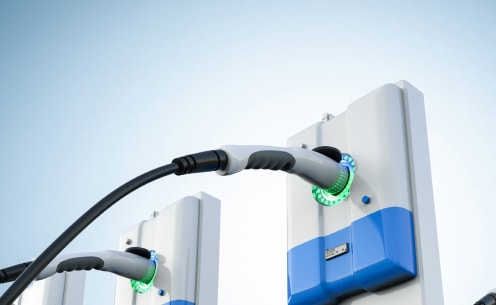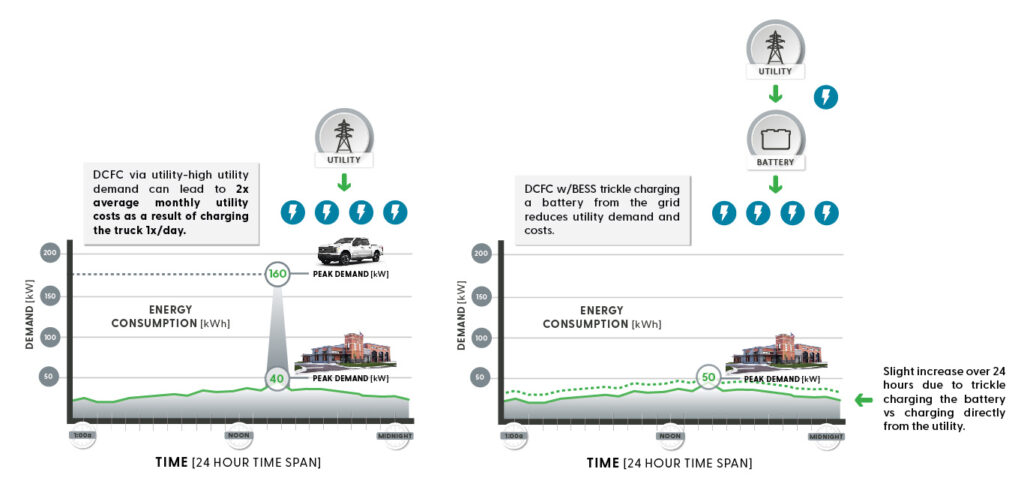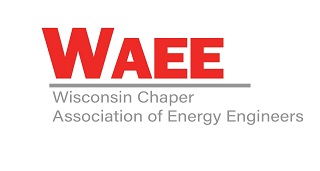
Energy is always in the news – shortages, costs, assessments, measuring, reduction, management. But what is it? Energy is calculated based upon units of power and time. Electrical energy consumption is measured and billed in kilowatt hours.
We hear a lot about energy (kilowatt hours), but what about power (kilowatts)? Power companies must be prepared to handle not just total average energy consumption over time, but power peaks as well. Entities that have highly variable power demands can have a significant impact on the grid. A company might see a peak demand during the day when its facilities have more activity; for example, in the afternoon on a hot summer day with the air conditioning running.
Learn more about the difference between kW and kWh.
What are Demand Charges?
Utilities can charge additional fees, called demand charges, to pay for the extra costs of power spikes. Demand charges are based upon the peak amount of power used over a single 15-minute interval. These can be charges based on peak for the month, peak for the year or both. Demand charges allow utilities to recover some of the costs of providing customers with the ability to use the peak amount that they expect when they need it. The charges can be as much as, or even more than, consumption charges, depending upon the utility’s rate structure and customer usage.
Learn more about demand charges in our short video that helps you understand your power bill.
As the electric vehicle (EV) market continues to grow, EV charging is adding substantial new power demands to the grid. As these significant, sustained loads are added, customers who own them will likely start to see demand charges where they did not previously.
Demand Charge Mitigation (How to Reduce or Remove Demand Charges)
There are several possible solutions to lessening high peak demand charges:
- Lowering or raising building temperature setpoints.
- Shifting high power demand loads to different, off-peak times.
- Shutting off high demand loads.
While these changes can make a difference, they aren’t always possible or practical. At EnTech Solutions, we help our customers mitigate utility demand charges through the implementation of battery energy storage.
In the image below, the left graph shows the impact of peak demand increasing from 40 kW to 160 kW for a DC fast charger operating at 120 kW for about an hour. The right graph shows the impact when a battery energy storage system (BESS) is used to “buffer” the peak by charging the battery slowly and powering the charger from the battery. This battery is sized for one vehicle charge of 150 kWh per day, which provides enough time to charge the battery at less than 10 kW of power.
Demand charges have always existed. More businesses will begin to see them as electrification expands, while those who already pay them will see increases. EnTech Solutions can help you understand your current and projected energy demands and work with you to find an optimum solution – contact us today to learn more.
Thank you for checking out the EnTech Solutions blog. To stay up to date with technologies, developments and trends about clean energy, please subscribe.









